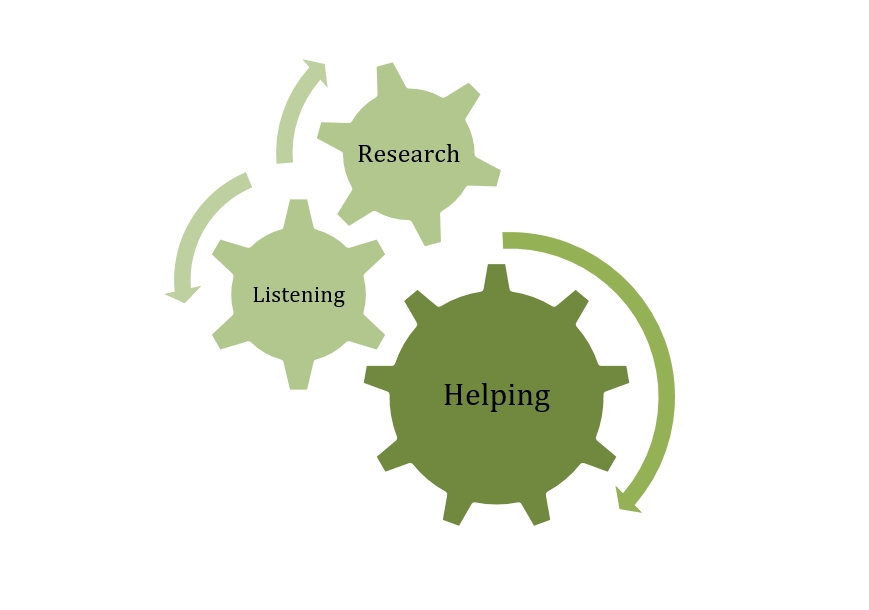In the previous chapter, we covered the measurement of success in managing a social sales team. We discussed the importance of tactics and their desired outcomes being tied directly to your team’s important, strategic business objectives. And we went over the purpose and real value of engagement over social media between seller and buyer: making a clear connection between important business issues or opportunities and relevant solutions.
Now let’s take a look at one of the most vital components of social selling and managing a social sales team —and one of the hardest to teach— Patience.
Active Versus Passive…but Not Really
Social selling is a journey that is made of many incremental steps. Especially when compared to the sometimes hectic and aggressive nature of sales activities like traditional prospecting, many of those steps in the social selling journey might appear passive.
But are they really? It is the effectiveness of these steps and their end goal that must be communicated— sometimes repeatedly— to salespeople. The end goal demonstrates that while appearing so, these steps are anything but passive.
But because they appear passive, the effective social sales manager teaches salespeople to be patient in their approach. And that patience begins with research.
Research
The successful salesperson of today—meaning the social salesperson—must become adept at research. Not doing so, or resisting doing so, will mean that the salesperson gets to watch his or her colleagues and teammates bring in leads and prospects while he or she does not.
Research takes patience, focus, skill, and above all time. This is equally a challenge for managers who are used to measuring a salesperson’s effectiveness first through revenue generated and pipeline and second through activity.
Activity is often defined as being out on calls, dialing for dollars, sending prospecting emails or following up on all the above. In the eyes of traditional sales managers, it does not mean head down, fastidiously going through LinkedIn (or other social media platforms) groups, reading company information, following discussion threads or talking to online network connections. So not only does the salesperson need to become a researcher; the sales manager needs to create the space for them to do so.
Research tells the salesperson who they should be communicating to, where (virtually) they should be conducting that communication, and what specifically they should be communicating about.
Such research should be part and parcel of any salesperson’s workday.
Listening
Following that research, patience is really tested—for a salesperson needs to listen. For many salespeople this might seem counter-intuitive, because many have been taught to “Always Be Closing.” That translates, for many, to, “Always Be Talking” or “Always Be Pitching.” Of course, such behavior often excludes much listening.
Let us say a salesperson has conducted some research, and has now got a list of potential prospects to follow. The social salesperson then begins listening to each of these prospects.
Of course by listening, in this case we mean virtual listening. Through social media, what are potential prospects complaining about? What are their pain points? What kinds of products and services are they seeking? Or, perhaps a bit more subtly, what kinds of products and services would solve their complaints or pain points, that they might not have even thought of yet?
Helping
It is only after all the steps of the above are accomplished—after plentiful research and listening—does the salesperson start to become outwardly active toward prospects. And when they do, it is simply to help, to recommend possible solutions for their issues. Those recommendations may or may not include the sales rep’s product or service line; the idea is simply to help, and to become a trusted source of help to these prospects.

Once trust has been well established, only then can the real sales work begin.
Building a connection with a prospect by understanding their social footprint, what they appear to be interested in, and looking for ways to deliver value to them without the expectation of initially getting anything in return is a new and somewhat frightening approach for many people schooled in traditional sales. But in today’s networked world, it is the only approach that works long-term.







